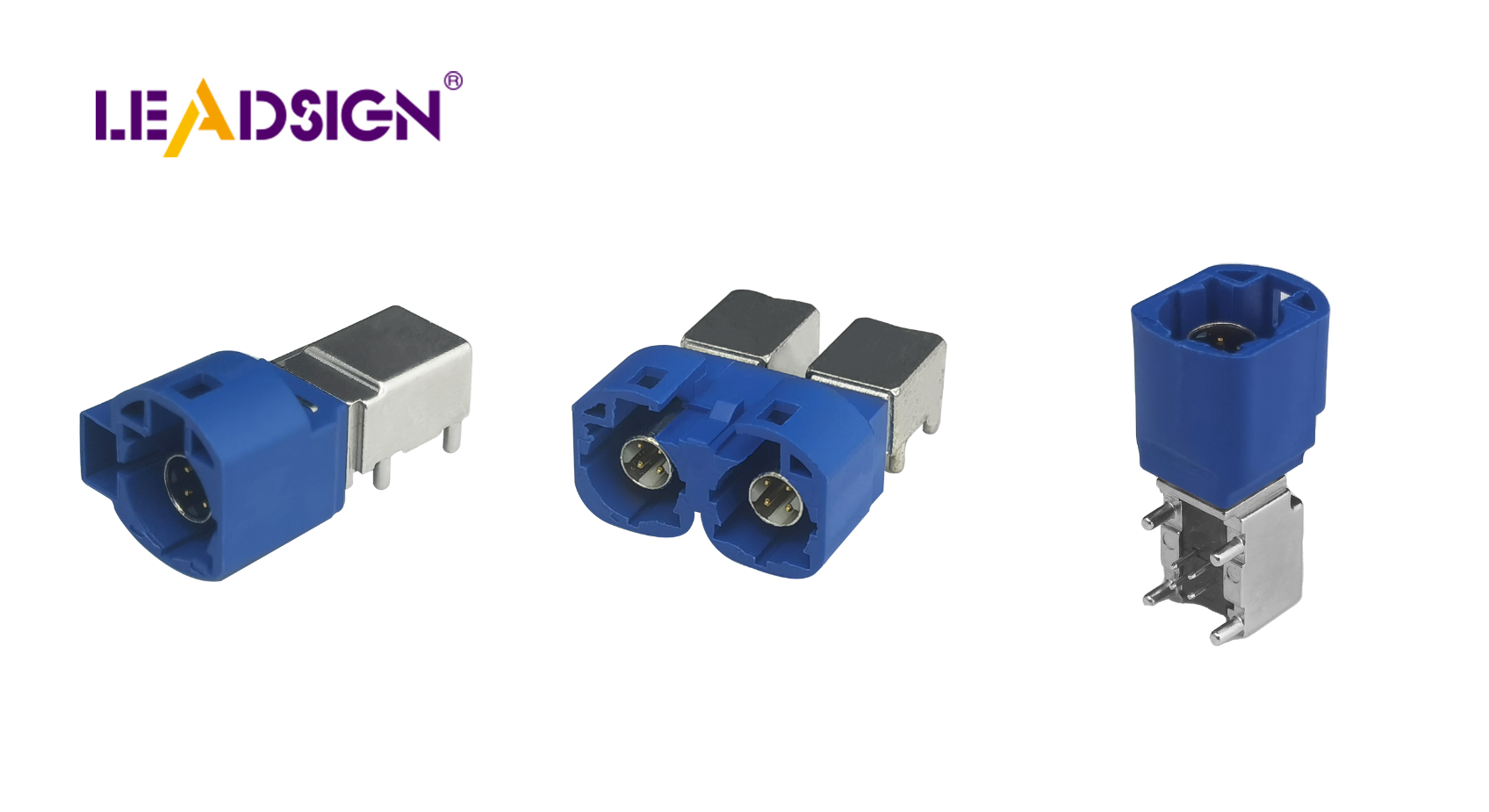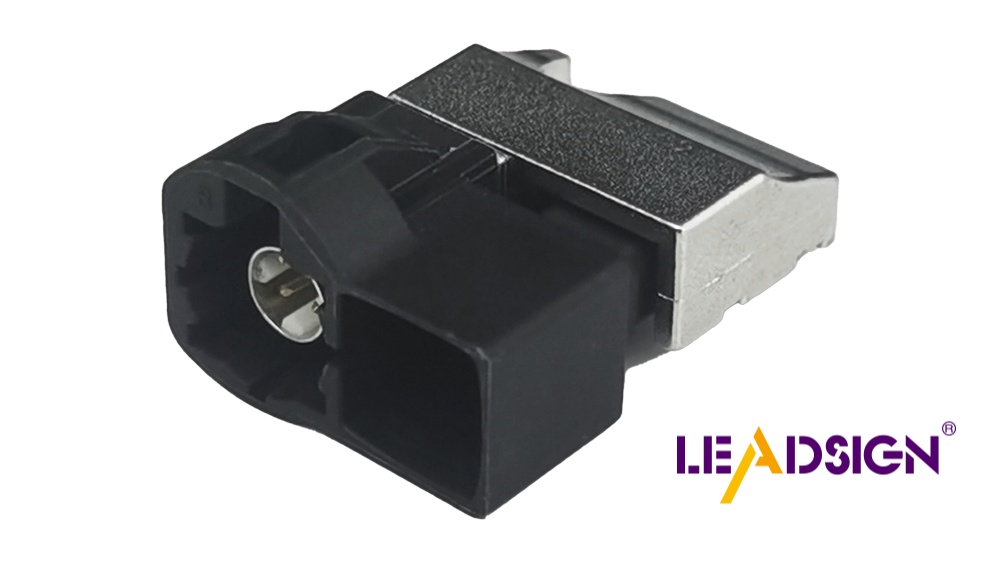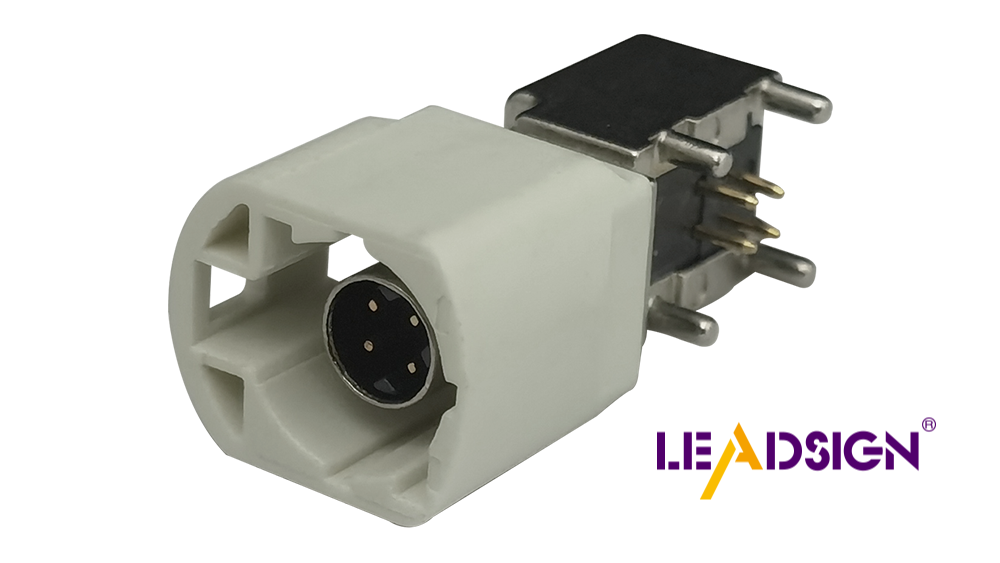Mastering the Art of Identifying Vehicle Connectors

Knowing vehicle connectors is important for car work. They come in many shapes and sizes, which can be confusing. Learning this skill is very helpful. It makes sure parts fit and work right, avoiding expensive errors. A car connector is key to keeping electrical systems working well. By learning about these parts, you get better at fixing and solving car problems.
Key Takeaways
Understanding vehicle connectors is essential for effective car maintenance and repair, preventing costly mistakes.
Familiarize yourself with different types of connectors, such as SAE J1772 and Type 2, to ensure compatibility and functionality.
Learn to identify male connectors by their protruding pins or blades, which are crucial for establishing strong electrical links.
Recognize female connectors by their sockets, which receive male connectors and facilitate safe electrical connections.
Utilize connector guides and multimeters to accurately identify and test connectors, ensuring they function correctly.
Always verify connector types and fit before installation to avoid electrical issues and maintain vehicle performance.
Mastering connector identification enhances your troubleshooting skills, saving time and improving the reliability of your car's electrical systems.
Basics of Vehicle Connectors
Knowing about vehicle connectors is important for car work. These parts help your car's electrical systems work right. Let's learn what vehicle connectors are and why they matter.
What Are Vehicle Connectors?
Definition and Purpose
Vehicle connectors join electrical circuits in cars. They make sure parts connect safely and work well together. They come in different shapes and sizes for different jobs. Their main job is to let electricity flow, so car parts can talk and work well.
Common Types and Variations
There are many types of vehicle connectors. Each has a special job. The SAE J1772 Connector, or J-Plug, is used in North America and Japan for electric cars. It helps charge cars with up to 19.2 kW power. The Type 2 Connectors or Mennekes are common in Europe. They offer power from 3 to 43 kW. These work for home and public charging. The Type 4 (CHAdeMO) Connector is for fast DC charging. This shows how different connectors are used for different needs.
Significance in Automotive Systems
Role in Electrical Systems
Connectors are key for a car's electrical systems. They help power and signals move between parts. For example, connectors in engine systems help sensors and control units talk. Without them, the system would not work, causing car problems.
Impact on Vehicle Performance
A car's performance depends on good connectors. A bad connector can stop electricity, causing engine or light problems. By knowing and taking care of connectors, you can stop these issues. This helps your car work better. Knowing connectors also helps fix electrical problems, saving time and money.
Identifying Male Connectors

Knowing male car wire ends is important for car work. These parts help your car's electrical systems work right. Let's see how to spot these connectors and where they are used.
Physical Characteristics
Male car wire ends have special features that stand out.
Sticking Out Pins or Blades
Male car wire ends often have pins or blades sticking out. These fit into female connectors to make a strong link. The pins or blades are metal, which helps electricity flow well. When spotting male car wire ends, look for these sticking-out parts.
Usual Shapes and Sizes
Male car wire ends come in different shapes and sizes. Some are round, others are square or rectangle. The size depends on what they do in the car. Bigger ones might be for strong power links, while smaller ones are for signals. Knowing these shapes and sizes helps you find male car wire ends.
Common Uses
Male car wire ends do many important jobs in cars.
Use in Power Links
In many cars, male car wire ends are used in power links. They help electricity move from the battery to parts like the engine or lights. By finding male car wire ends in these links, you keep your car's power working well.
Role in Signal Sending
Besides power, male car wire ends help send signals. They move data between parts like sensors and control units. This is key for the car's performance and safety. By knowing how male car wire ends send signals, you can fix problems better.
Expert Testimony: An expert said, "In electronic gear, the output end has a plug. The input end has a socket, making male and female connectors." This shows why finding male car wire ends right is important for good connections.
By learning to spot male car wire ends, you get better at fixing car connectors. This skill saves time and stops costly mistakes in car work.
Recognizing Female Connectors

Knowing female car wire ends is important for car work. These parts help your car's electrical systems work well. Let's look at what makes these connectors special and how they are used.
Special Features
Female car wire ends have special traits that make them easy to spot.
Holes or Sockets
Female car wire ends have holes or sockets. These holes take in male connectors, making a strong link. This design helps electricity move well between parts. When finding female car wire ends, look for these hollow parts.
Different Designs
Female car wire ends come in different designs for different jobs. Some have locks to stop them from coming apart by accident. Others are made for special places, like wet areas. Knowing these designs helps you pick the right connector.
Common Uses
Female car wire ends do many important jobs in cars.
Part of Wire Bundles
In many cars, female car wire ends are part of wire bundles. These bundles hold many wires together, making the car's electrical system simpler. Using female car wire ends keeps each link safe and neat, stopping electrical problems.
Link to Sensors and Movers
Female car wire ends also link to sensors and movers. These parts are key for watching and controlling car functions. By knowing female car wire ends in these links, you keep the car working and safe.
Expert Insight: "Car male connectors fit into female connectors, showing why using them right is key." This shows why knowing female car wire ends is important.
By learning to spot female car wire ends, you get better at fixing car connectors. This skill saves time and stops costly mistakes in car work.
Practical Tips for Telling Connectors Apart
Knowing how to tell car wire ends apart is key for fixing cars. You can use different tools and ways to find the right connectors and avoid mistakes.
Tools and Ways
Using Connector Guides
Connector guides are helpful tools. They show pictures and details of car wire ends. By looking at these guides, you can match the connectors you see with those in the guide. This helps you know the right type and job of each connector. Keep a good guide in your toolbox for quick help.
Using Multimeters for Checking
A multimeter is a must-have tool for checking car wire ends. You can use it to check voltage, current, and resistance. By checking the ends, you can see if they work right. Put the multimeter probes on the ends and look at the numbers. This helps you make sure the connectors send electricity as they should.
Avoiding Mistakes
Wrong Connector Types
Getting car wire ends wrong can cause big problems. Always check the connector type before fixing or putting in parts. Use the guides and multimeter checks to be sure. Taking time to check stops mistakes and makes sure parts fit.
Making Sure They Fit Right
Making sure car wire ends fit right is important. A loose or wrong connector can cause power problems. Before connecting, look at the ends for wear or damage. Make sure they fit tight and safe. Right fit makes sure the power system works well and stops problems.
By using these tips, you get better at working with car wire ends. These ways help you avoid costly mistakes and keep your car's power system working well.
In short, knowing vehicle connectors well is key for fixing cars. You learned about different connector types and their jobs. You also learned how to tell male from female connectors.
"Choosing and connecting male and female connectors right is important for circuits to work safely and stay stable."
Use the tips given to avoid big mistakes and keep your car's electrical parts working well. By getting good at this, you get better at fixing and taking care of your car.
FAQ
What do high-voltage car connectors need?
High-voltage car connectors must be safe and reliable. They need special certifications like TUV, CE, and UL. They must also follow rules like ISO 9001, ISO 14001, and IATF 16949. These rules make sure connectors work well in cars.
How are car connectors made?
Making car connectors needs careful steps for safety. Male and female connectors are different. Use them right to keep connections strong. This care makes sure they work well in cars.
How strong are our car connectors?
Our car connectors are made to last long. Check the material and how they handle weather. Pick the right ones for your car. This keeps your car working well over time.
What to check when changing a car connector?
When changing a car connector, look at the keyways. These bumps help it fit with the sensor. Even if connectors look alike, keyways show the difference. Right fit keeps systems working.
Is the car connector a good match?
To see if a car connector fits, check your car's type. A good match lets power and data move well. This helps the car work right.
How long will new parts last?
New parts last based on plug type and speed. Right connectors help car systems last longer. They keep working well for a long time.
What tests do car connectors need?
Car connectors need special tests for their job. These tests check if they handle weather. This keeps systems safe and working well.
See Also
Navigating Ford Fakra Connectors: A Complete Overview
Understanding Fakra Connectors: Advantages for Automotive Use
Enhancing Data Transmission in Vehicles: Connectors and Cables

